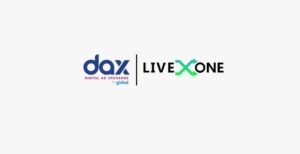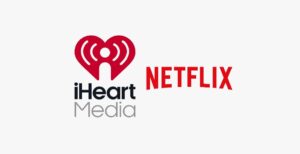As DAX US sees a period of fast growth, the company’s President, Brian Conlan talks to PodcastingToday about an expanding and rapidly shifting audio advertising landscape.
Conlan, who was employee number one when the company launched as Audio HQ in 2014, says the past eleven years have transformed the way digital audio is sold.
He explains that the business was created to fill a clear market gap, at a time when advertisers struggled to access scale through one single point of contact.
“We saw a real gap in the market for exclusive sales representation of digital audio advertising,” he says, adding that buyers were previously faced with a landscape where “everyone was representing everything” without a clear path through it.
He describes early momentum built through partnerships with Triton Digital, followed by acquisition by Global five years into the journey, which brought the company into a wider international family.
But the core challenge remains unchanged. Conlan believes that many advertisers still think buying Pandora, Spotify and iHeart delivers the full streaming audio marketplace, even though this represents just over half of the ad-supported space. “There is a significant number of consumers that are being missed,” he says.
That under-served audience is where DAX has focused its strategy. Conlan says the company now brings more than forty million monthly uniques to advertisers, all exclusively available through DAX.
He argues that this reach matters because advertisers risk losing potential consumers when they only focus on the big three platforms. His message to the market is that DAX delivers value, reach and clarity in a space often viewed as fragmented.
Education is a central theme in his role as President, which he stepped into around a year and a half ago. He says many brands in the US still do not know the DAX story, despite strong long-term agency partnerships and widespread recognition of Global’s audio position in the UK. “It’s really about just that education process right now,” he says.
The company is also leaning heavily into transparency and measurement. Conlan says DAX now provides full visibility at the front end of a buy and detailed reporting at the back end, including show-level or episode-level performance for podcast campaigns and station-level reporting for streaming audio.
“We want to be an open book for advertisers,” he explains, emphasising trust and transparency as the pillars of its current strategy.
Podcasting has also reshaped how advertisers are thinking. Conlan says the medium has entered a new phase, supported by a creator economy that values direct engagement and loyal audiences.
“It is content that they are seeking versus it being played for them,” he says, noting the high level of listener attention podcasts attract. He points to the past political cycle as evidence of the medium’s arrival as a mainstream force.
Safety concerns once held large brands back, particularly in what he calls the “wild west” of early podcast buying. But Conlan says the growth of brand-safety partners such as Barometer and Sounder has encouraged more investment. These companies, he says, review thousands of shows daily to ensure advertisers appear in suitable environments.
This new layer of reassurance has allowed brands to approach the medium with a test-and-learn mindset, entering through audience-based or genre-based buys that help them find value beyond the very biggest shows.
Programmatic podcast advertising is now a major part of this growth, and Conlan expects 2026 to be another strong year as brands continue to see clear returns.
Video within podcasting is another evolving factor. Conlan notes that some major companies are pushing further into video, but DAX’s direction remains firmly focused on audio. He says audio should remain the core medium, with video positioned as a distribution channel that supports reach rather than replacing the listening experience.
With DAX reporting its biggest year in the US so far, Conlan says the company is back in a “growth mode” reminiscent of its earliest days. He believes the shift in advertiser behaviour, combined with increased transparency and broader understanding of audio’s reach, will help strengthen the market for creators, publishers and brands in the years ahead.






